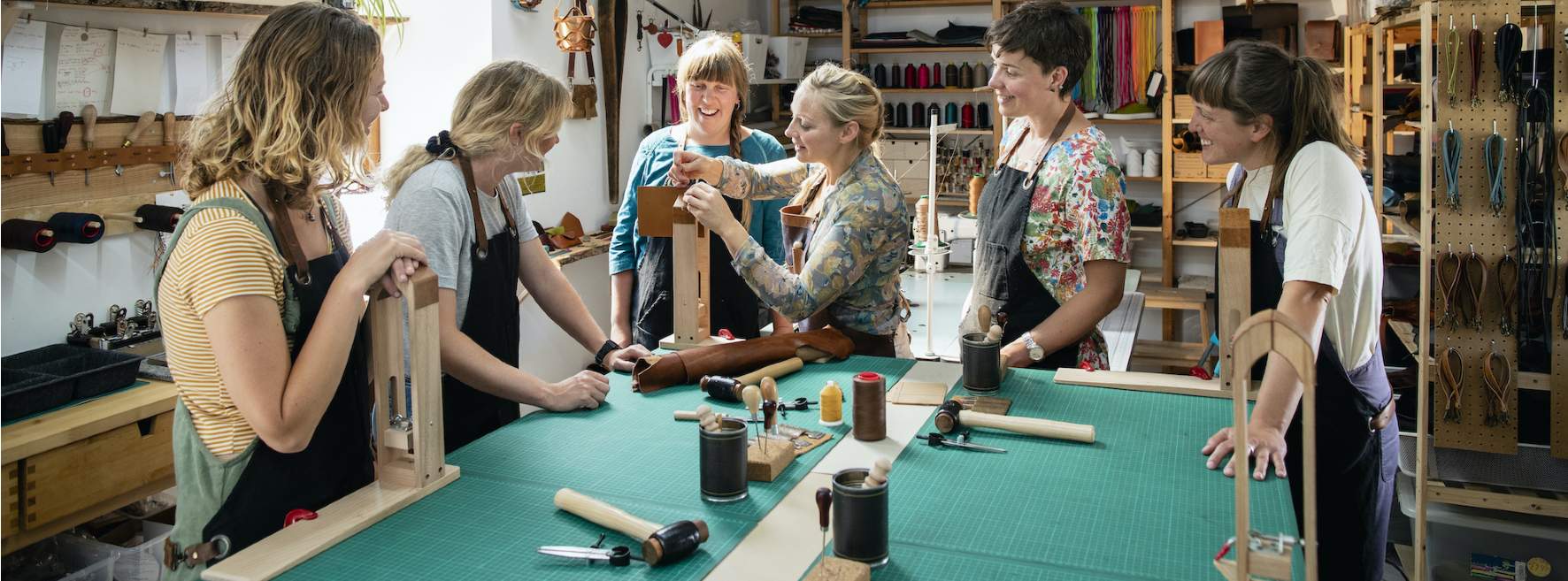As farmers and land managers search for new and innovative leisure and tourism ideas to support their businesses, it's worth looking at what we can learn from past successes. Probably the most significant of these is glamping.
Why has glamping achieved scale in a way that many other rural tourism and leisure offers have not?
First, it offers an experience of quality. The difference between a bad camping trip and a great glamping one is often the quality of the facilities and infrastructure provided by hosts. The attention to detail, plumbing and exclusivity set glamping apart from its camping cousin. For a modest outlay, a meaningful nightly fee can be charged and costs recouped relatively quickly.
Second is versatility. Nearly every farm has a special corner with a view, feature or woodland glade that could make the ideal getaway spot for glampers. Subject to meeting the need for quality, there are relatively few barriers to delivering a good glamping site, although advice should be taken. Local planners tend to be supportive and many types of temporary structures can be adapted. It’s important that the customer service is authentic and the areas accessible to guests clearly defined.
Finally, it's distinctiveness that makes glamping such an attractive prospect for farmers and landowners. A yurt or canvas tent is indistinct until you locate it in the countryside, with a wildflower meadow or woodland backdrop. Every photo of that yurt or canvas is unique to its setting, making it easy to market the offering without having to spend as much on branding or activities to differentiate it from any competition.
It's worth noting glamping also meets all three of the long-term tourism and leisure trends of sustainability, experience and wellness. We see these carrying on, especially where they tick cost of living concerns too.
Taking all of this into consideration, here is our shortlist of ventures to consider:
Craft retreats: offering experiential breaks for visitors to learn a new skill in small groups taps into the hobby-to-career trend, while offering companionship to adults and seniors living alone. Barns and outbuildings can be adapted to offer the perfect facility for the rural craft renaissance. Owners can offer their own skills and passions in anything from flower arranging to vintage tractor restoration, or partner with local talent.
Destination food: grass-fed beef burgers in a wildflower meadow. Wood-fired pizza oven in a woodland glade. Street food gets a seasonality makeover with serious Instagram potential, using local produce and light-touch infrastructure. Quality is paramount, but versatility and distinctiveness are assured by very nature of the activity.
Cycle safaris: two-wheel adventures were highlighted in our Spotlight on rural tourism and leisure as a trend that existing destinations could do more to encourage. For new enterprises, providing a bike rack is a good place to start, but partnering with neighbouring farms to create a new cycle tour is the way to bring scale and volume to the opportunity. The growth in the e-bike sector is also adding volume to participant numbers and bike hire.
Rural landowners remain as entrepreneurial as ever, but being alive to the macrotrends that are light on heavy infrastructure and capital costs are the best way to assure diversification success.
These ideas may work best for existing rural tourism providers, or they may trigger ideas for farmers and landowners who have yet to offer diversifications on their farms.
Further information
Contact Emily Norton or Simon Foster

.jpg)
.jpg)
.jpg)
.jpg)

.jpg)


.jpg)
.jpg)